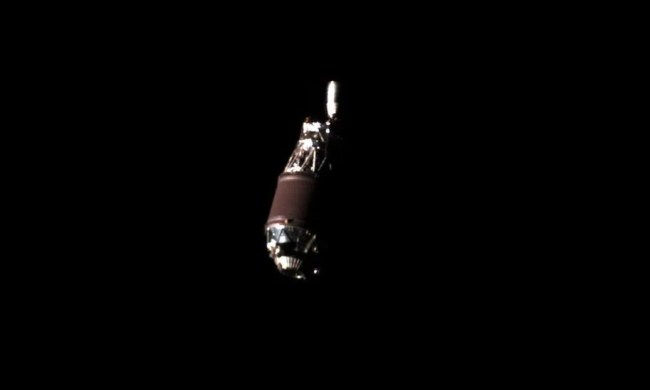Space junk is defined as an old satellite that has either stopped working or been shut down at the end of its mission. The debris also consists of fragments that result from a collision with a satellite or with other bits of junk.
The fast-moving material poses a serious threat to the 3,000 or so active satellites that currently orbit Earth. These satellites are important in our daily life, with many providing communication and navigation services, weather data, and aerial imagery that can prove vital in the wake of a natural or man-made disaster. And we mustn’t forget the human-inhabited International Space Station, which is also at risk of colliding with space junk.
A recent NASA report noted that there are currently at least 26,000 pieces of space junk “the size of a softball or larger that could destroy a satellite on impact; over 500,000 the size of a marble big enough to cause damage to spacecraft or satellites; and over 100 million the size of a grain of salt that could puncture a spacesuit.”
So what are the world’s space agencies doing to avoid such catastrophes?
The European Space Agency (ESA) has released an animation (top) showing how its European Space Operations Centre in Darmstadt, Germany, responds when it receives an alert warning of a possible collision between an active satellite and a piece of space junk.
When an alert comes in, ESA experts work out the risk of a collision and then design a potential avoidance maneuver that would remove the satellite from the path of the approaching debris. If further observations deem the risk to be serious, the team will then execute the planned maneuver and temporarily change the orbit of the satellite until the threat has passed.
“Each maneuver comes at a price,” ESA said in a post accompanying the animation. “They take skill and time to plan, cost precious fuel — shortening the lifetime of the mission — and often require instruments to be temporarily shut off, preventing them from collecting important data.”
ESA said that while most alerts do not require evasive action, the number that it receives is rising sharply, with hundreds currently issued every week. It also notes that the risk of collisions could further increase as companies such as SpaceX set about deploying thousands of satellites into low-Earth orbit for projects designed to bring global internet access. In its own efforts to deal with the problem, NASA has been working with SpaceX to reduce the risk of collisions in space.
Europe’s space agency warned that in just a few years from now, our current methods for avoiding space-based collisions will be inadequate. With that in mind, ESA is currently designing new technologies for an automated collision avoidance system.
In addition, a number of companies have been working in recent years to develop methods capable of clearing up space debris. The efforts include an iodine thruster system, a giant space harpoon, and magnet docking technology.


